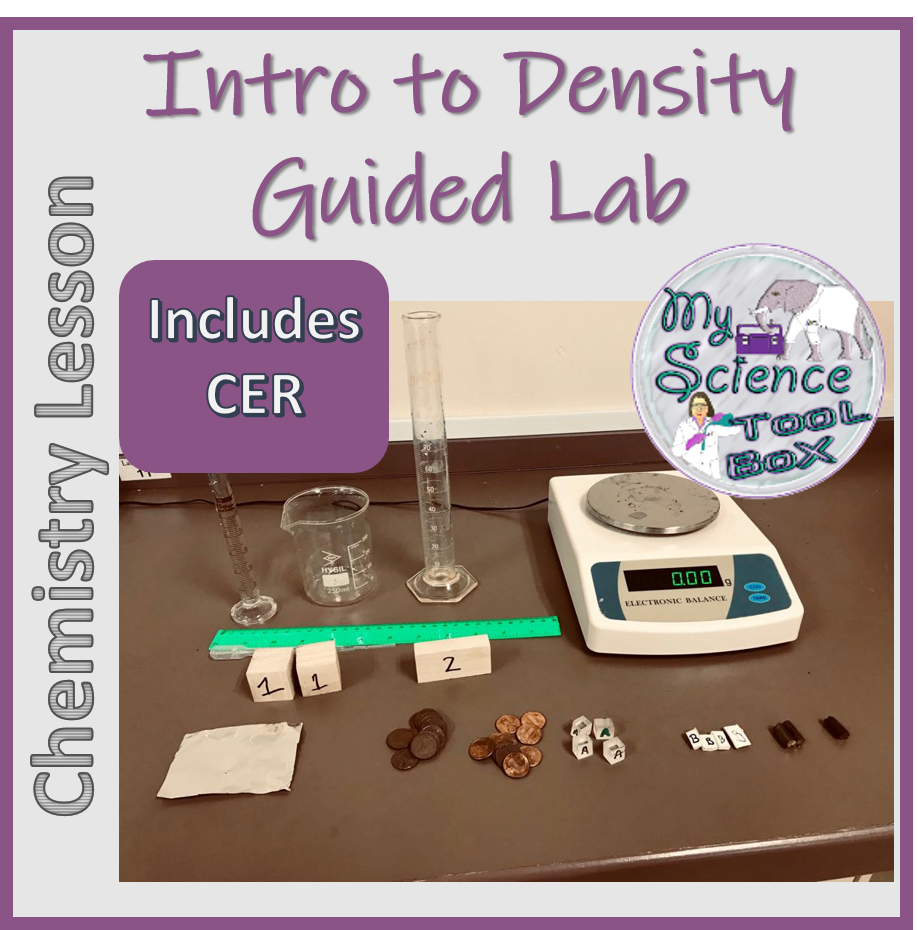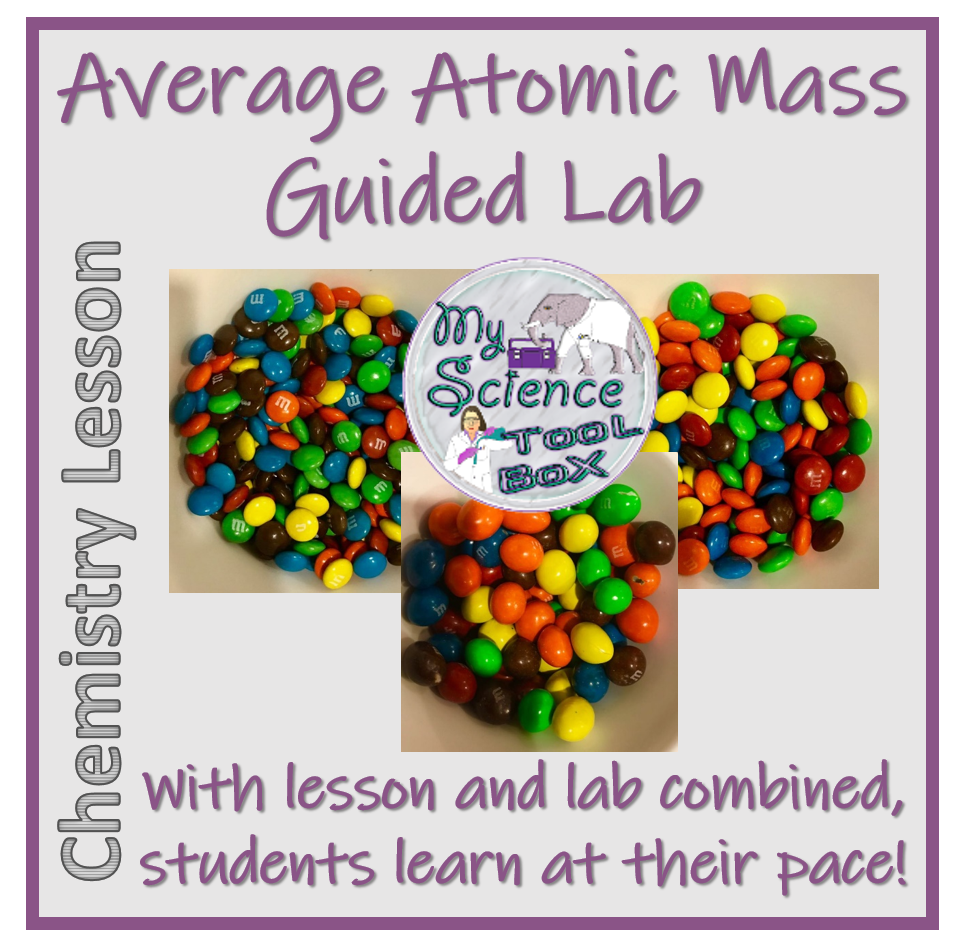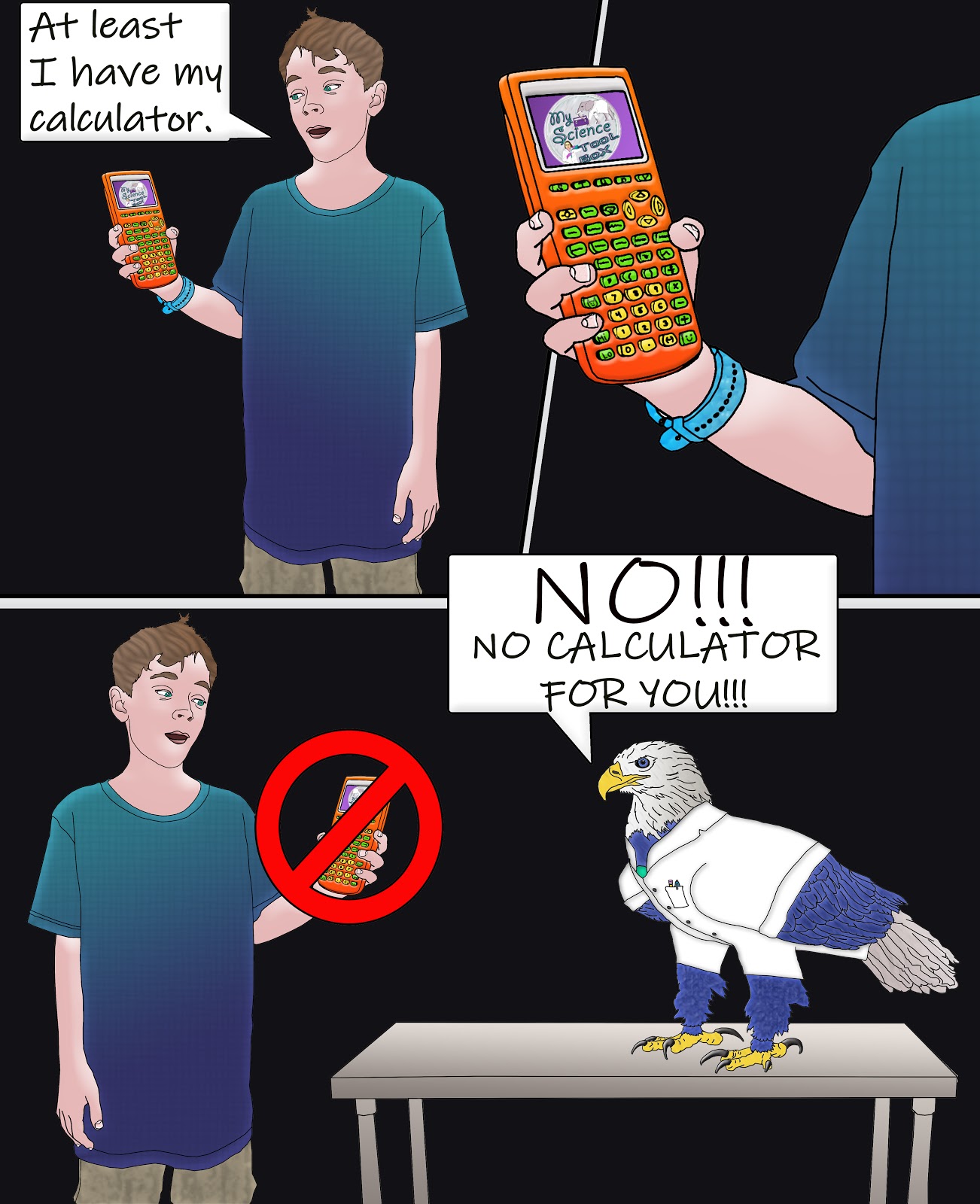 Ahhh, the mole. Ask students, "Which weighs more: a dozen pizzas or a dozen skyscrapers?" They will easily answer. Ask students, "Which contains more items: a dozen pizzas or a dozen skyscrapers?" They will still answer easily. Then you ask a question about the mole, and chemistry students are baffled.
Ahhh, the mole. Ask students, "Which weighs more: a dozen pizzas or a dozen skyscrapers?" They will easily answer. Ask students, "Which contains more items: a dozen pizzas or a dozen skyscrapers?" They will still answer easily. Then you ask a question about the mole, and chemistry students are baffled.The Goal
The goal in teaching the mole in a first year general chemistry course is two-fold:
First, students need enough of an understanding of what the mole is to be able to answer questions about the concept of the mole (similar to the ease with which they answer questions about the concept of a dozen).
Second, students need to be able to easily and efficiently use dimensional analysis to convert between grams, moles, and particles. Setting the foundation well here will allow for a seamless, and much less painful, introduction to stoichiometry later in the course.
The Problems
In many years of teaching chemistry, I have noticed two main problems when teaching this unit.
First, while many students pick up on the pattern of dimensional analysis quite quickly and easily, others are completely confused by the idea of conversion factors. I cannot count the number of times I have seen very creative, and very made up, conversion factors, like "1 atom = 58.44 mol" or "1 g = 6.02 x 1023 atoms." When you have spent days in class practicing, and pointing out that there are only 2 conversion factors, and that these conversion factors mean something, seeing these random conversion factors pop up on tests and quizzes can be so frustrating.
The second problem with this unit is that some students will focus all their time and energy on solving math problems, without really having any true visual about the relationship between a mole, a particle, and mass. When I ask a simple relational question, they spend too much time trying to set up a math problem instead of using common sense. If I ask which has greater mass: 1 atom of carbon or 1 mole of carbon, the answer should be obvious. But too many students feel overwhelmed by the unfamiliar vocabulary and are unable to simply think logically.
The Solution
 |
| Students stay engaged and eager to practice when you add competition to the lesson! |
Every student in 10th grade takes Chemistry, no matter what math class they are in, which can lead to lots of anxiety and stress when we get to topics that are heavily math focused.
 |
| Mole concept game -- thinking through relationships without a calculator |
I decided to make this a self-guided lesson. I wanted students to first recognize the relationship between mass, number of items, and a quantity that is familiar to them -- the dozen. I then wanted them to see how you can use dimensional analysis to perform conversions using those relationships. Then, students could use those same skills to tackle the concept of the mole.
 |
| Even lower level students are excited to practice! |
I had several worksheets available -- covering both the mole concept and mole conversion calculations. I never collect homework - I want students to feel free to try, make mistakes, and learn from them without the stress of a failing grade - so I have the answer keys available for them to check as they go and to learn from their mistakes.























